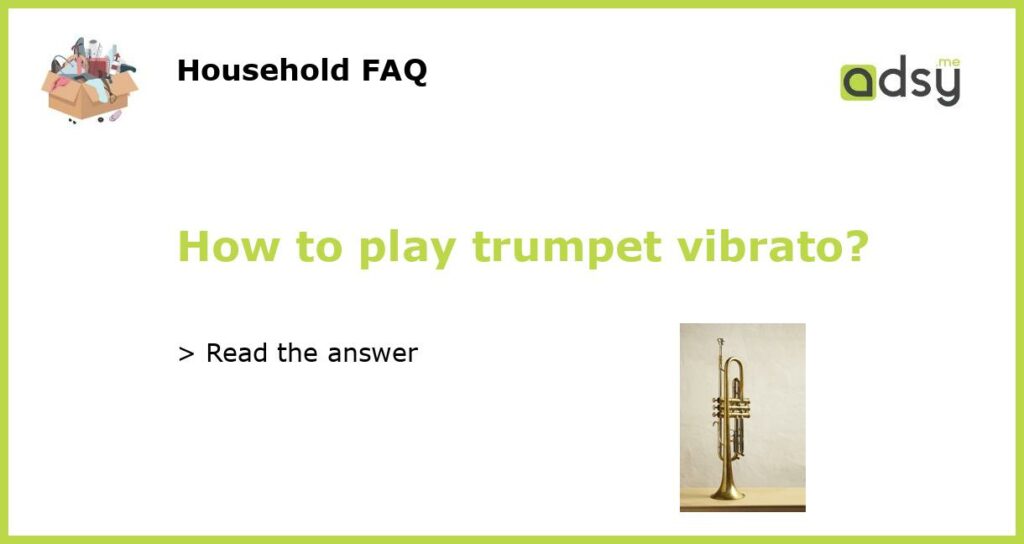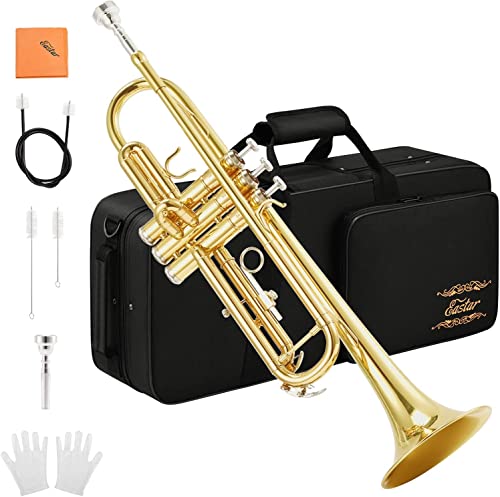Understanding the concept of trumpet vibrato
The trumpet vibrato is a technique used to produce a slight variation in pitch when playing a note. It creates a subtle pulsation in the sound by varying the pitch very quickly. Vibrato is commonly used in trumpet playing to add expression and emotion to a performance.
Playing a trumpet vibrato involves mastering the control of the lips, air, and embouchure. It requires the player to manipulate the trumpet’s sound wave and create a subtle variation in pitch. To play a vibrato correctly, you need to develop good breath control and have a solid embouchure.
Step-by-step guide on how to play trumpet vibrato
Here is a step-by-step guide on how to play trumpet vibrato:
- Start by playing a note on your trumpet in a steady and controlled manner. It can be any note you are comfortable playing.
- Focus on your embouchure and control the airflow as you play the note. Ensure that the lips are not too tight or too loose.
- Begin to add subtle variations in pitch by moving your lips slightly. This creates a slight pulsation in the sound, producing a vibrato effect.
- Practice this technique by gradually increasing the speed of the vibrato while maintaining a consistent airflow.
- Experiment with different speeds and amplitudes of the vibrato to create different sounds and effects.
Tips for mastering trumpet vibrato
Here are a few tips to help you master trumpet vibrato:
- Practice regularly and gradually increase the duration and speed of the vibrato.
- Focus on maintaining consistent airflow and good embouchure control.
- Listen to recordings of professional trumpet players to learn from their vibrato techniques.
- Experiment with different types of vibrato, including slow and wide, fast and narrow, and everything in between.
Common mistakes to avoid when playing trumpet vibrato
Here are some common mistakes to avoid when playing trumpet vibrato:
- Using too much pressure or tension in the lips, which can lead to a strained or forced vibrato.
- Not maintaining consistent airflow and embouchure control, resulting in an inconsistent or unstable vibrato.
- Overusing or relying too heavily on vibrato, which can overwhelm the performance and detract from the overall sound.
Playing trumpet vibrato requires practice, focus, and good technique. By mastering the control of your lips, breath, and embouchure, you can produce a subtle variation in pitch that adds expression and emotion to your performance. Remember to practice regularly, listen to recordings of professional trumpet players, and experiment with different types of vibrato to find what works best for you. By avoiding common mistakes and following these tips, you can play trumpet vibrato like a pro!






